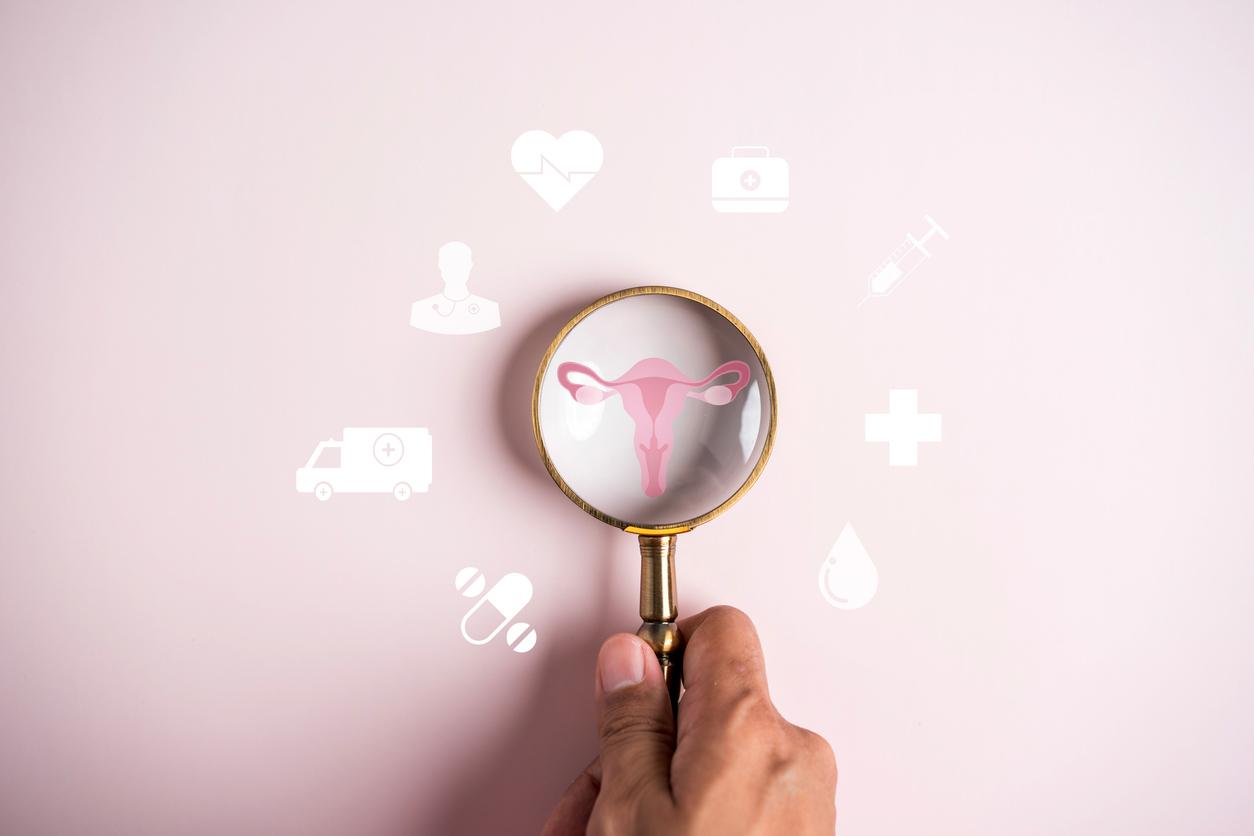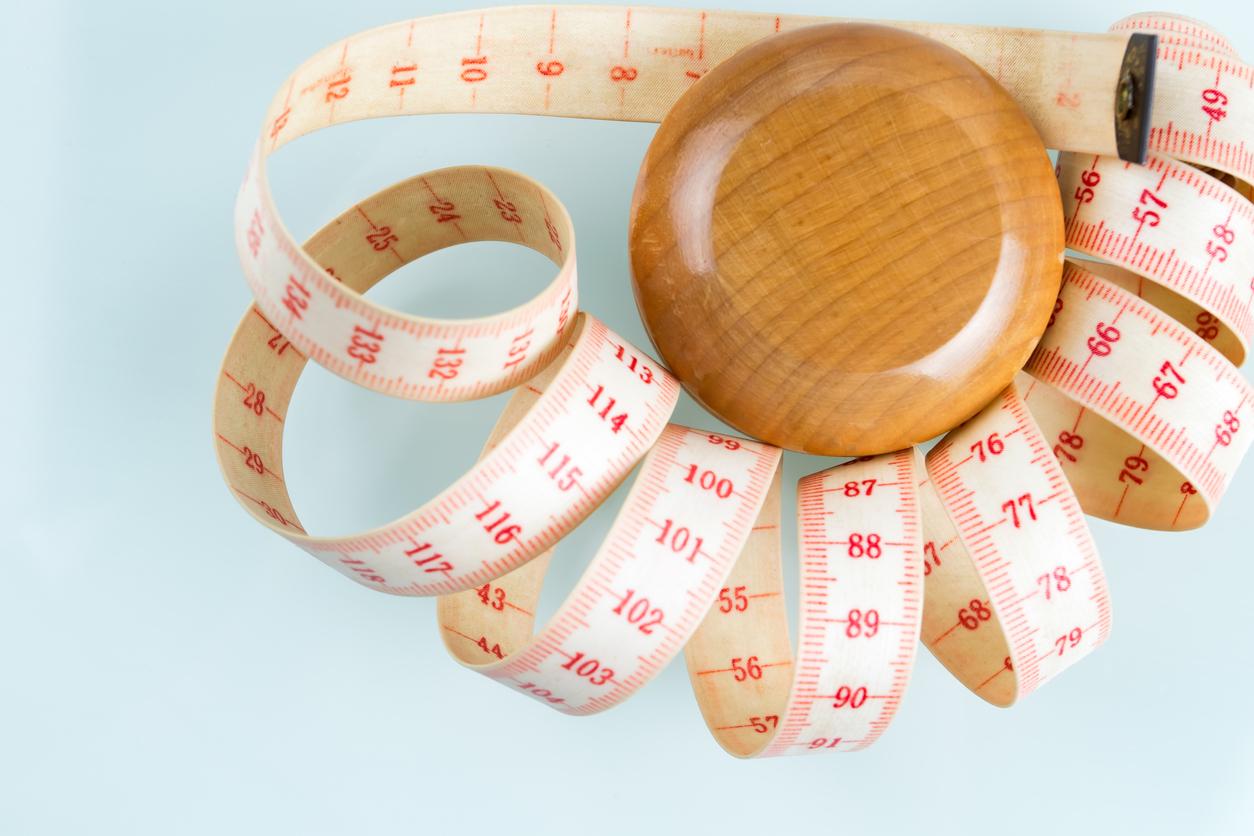Patients suffering from obesity and overweight, in particular those with a large waist circumference, are more prone to fractures than women with a so-called “healthy” weight.

- In men, waist circumference was not significantly associated with a risk of fractures.
- Men with a BMI less than or equal to 17.5 kg/m² had a twice as high risk of fracture of the distal upper limb compared to men with a BMI of 25 kg/m².
“Obesity has long been thought to be a protective factor against fractures. However, conflicting results have emerged in recent years on the relationship between obesity and fracture risk. This may be explained by the fact that the association between obesity and fracture risk appears to vary by gender,” said Canadian researchers. To assess gender-specific relationships between obesity, defined by body mass index (BMI) or waist circumference, and the incidence of bone fractures, they decided to conduct a study presented to European Obesity Congress (ECO) in Maastricht, the Netherlands, last week.
For the purposes of their work, the scientists analyzed a cohort, called “CARTaGENE”, involving 19,537 Quebecers aged 40 to 70. Participants were randomly selected between 2009 and 2010 and were followed until March 31, 2016. The volunteers’ BMI and waist circumference were measured at enrollment. As for the fractures, they were identified using an algorithm.
A link between waist circumference and the incidence of fractures in women
According to the data, during the follow-up of approximately 6 years, 497 women and 323 men suffered a fracture. “In women, a larger waist circumference was associated with an increased risk of breaking a bone,” can we read in the results. For every 5 cm increase in waist circumference, the risk of fracture in all areas of the body was 3% higher and the risk of fracture in the lower limbs was 7% higher. According to the study, the association between waist circumference and ankle fractures was particularly strong.
“Compared to women with a BMI of 25 kg/m², those with a BMI of 27.5 to 40 kg/m² had a higher risk of lower extremity fractures, increasing by 5% to 40%, while women having a BMI of 22.5 kg/m² presented a risk of fracture of this lower zone of 5%”, detailed the researchers. According to them, it is necessary to understand the mechanisms by which obese women are more likely to suffer fractures in order to develop means of prevention.

















